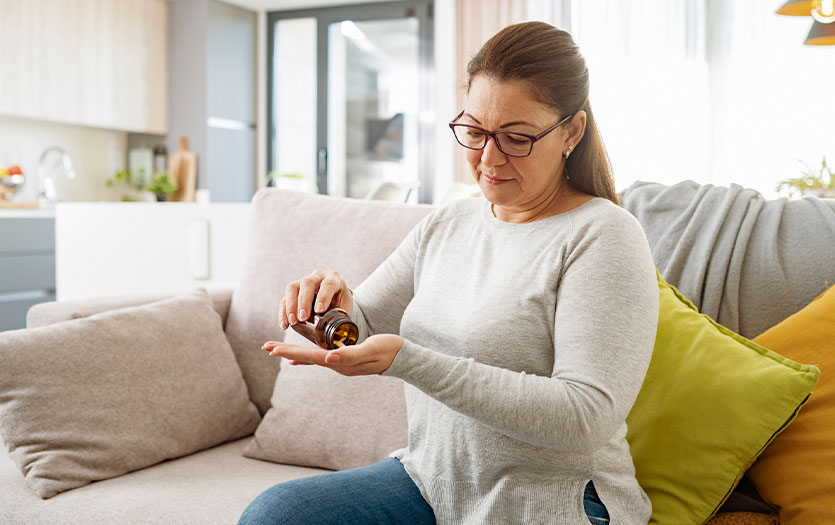
During colder months, it can be easy for parents to make a mistake while quickly buckling their children into their car seats. Unfortunately, motor vehicle crashes are a leading and increasing cause of death for children ages 1 to 13, making it crucial that caregivers properly choose, install and use child car seats. Parkview's child passenger safety technicians have a few reminders for parents during this time of transitioning weather, so you can be sure your child is safe on the road.
Don't loosen the straps for winter
As temperatures drop, we break out the thick fall and winter coats, but some coats could leave the car seat straps too loose to be effective. Both children and adults are encouraged to remove bulky coats once reaching the car. After they're strapped in, children can cover up with blankets, or slide their coats on backward over their arms to stay warm.
Rear-facing vs. forward-facing
Keep children in rear-facing car seats until they reach the seat's height or weight limit. Many convertible and all-in-one car seats offer higher height and weight limits, allowing your child to remain rear-facing for longer. Once your child outgrows the rear-facing seat, move them to a forward-facing seat with a harness.
Location and installation
The back seat is the safest place for children under the age of 13. A rear-facing seat should never be placed in front of an active airbag. The middle seat in the back is often referred to as the best place to install a car seat.
Make sure the car seat is tightly secured in your vehicle, using either the seat belt or the lower anchors, but never both. The car seat shouldn't move side to side or front to back more than one inch at the belt path. Always use the tether strap with a front-facing car seat. Finally, make sure the seat belt or lower anchor straps are threaded through the correct path and that the straps are snug and free of twists.
Buckle correctly
Buckling your child correctly is just as important as installing the car seat correctly. Seat belts and harness straps should always be snug and free from twists. If your child is rear-facing, the harness straps should begin at or just below the child's shoulders. If you're able to pinch the harness straps between your fingers, the harness isn't tight enough.
As children grow, parents become less vigilant. Always check to make sure your older children are buckled in properly as well. Seat belts should lie across the upper thighs and not rest on the stomach area. Shoulder straps should be snug across the shoulder and chest and not across the neck or face. Never let children put the shoulder belts under their arms or behind their backs.
Register your seats
There are three easy ways to register your car seat so that you'll get recall information when it's released:
1. Fill out and return the card that comes with your seat
2. Register online directly with the manufacturer
3. Complete and mail the address listed on this form
Parkview child passenger safety technicians at Parkview Hospital Randallia and Parkview Whitley Hospital are accepting appointments to check and make the necessary adjustments to your car seat. In addition, the technician will answer parent and caregiver questions about car seat safety.
To schedule a free personal inspection with a certified technician at Parkview Hospital Randallia, call 877-774-8632, or, to schedule at Parkview Whitley, call the hospital at 260-248-9426. If you live outside of the Allen or Whitley county areas, you can locate a certified car-seat safety technician by visiting this site or by downloading the free SaferCar app on iTunes or Google Play.



